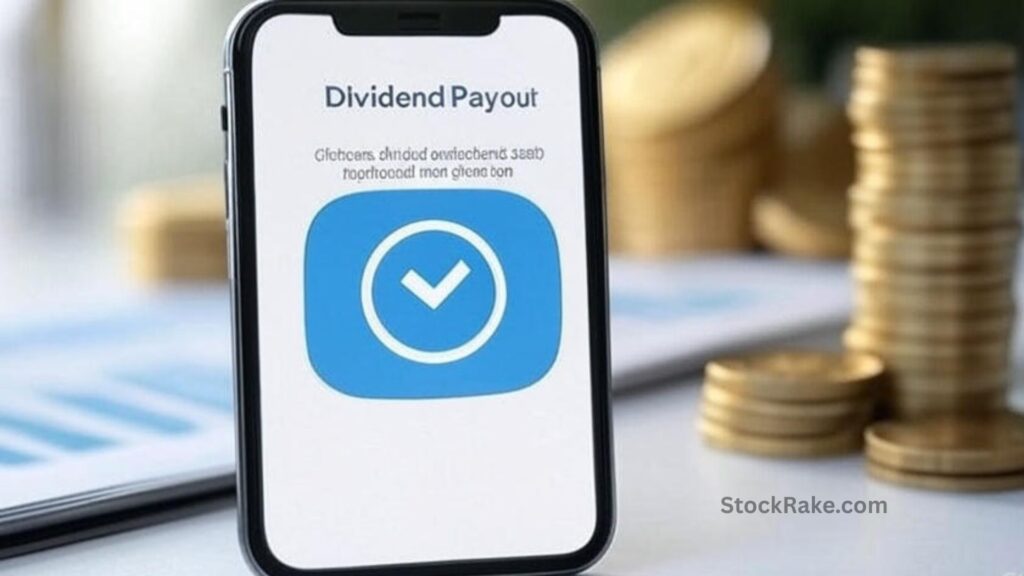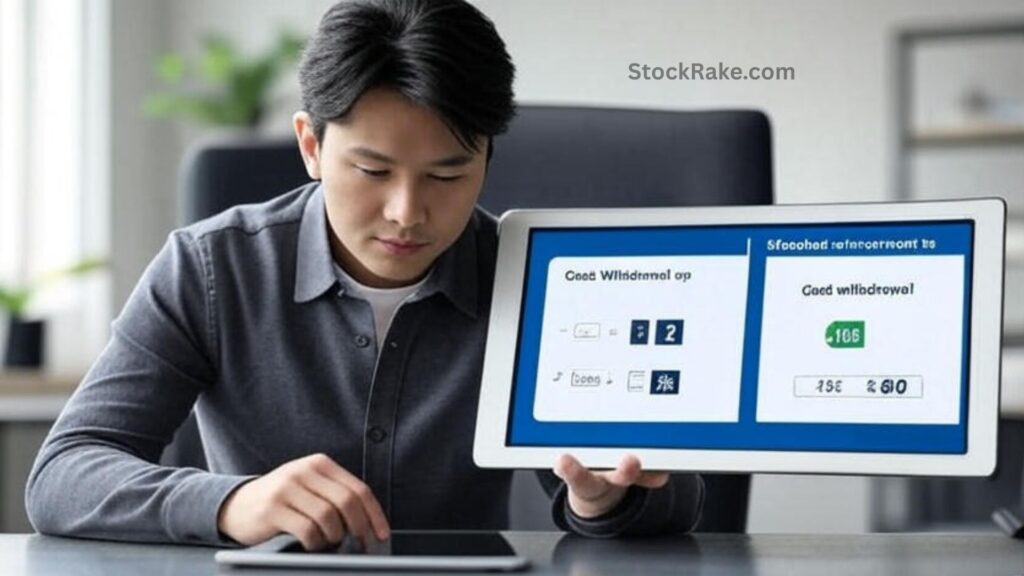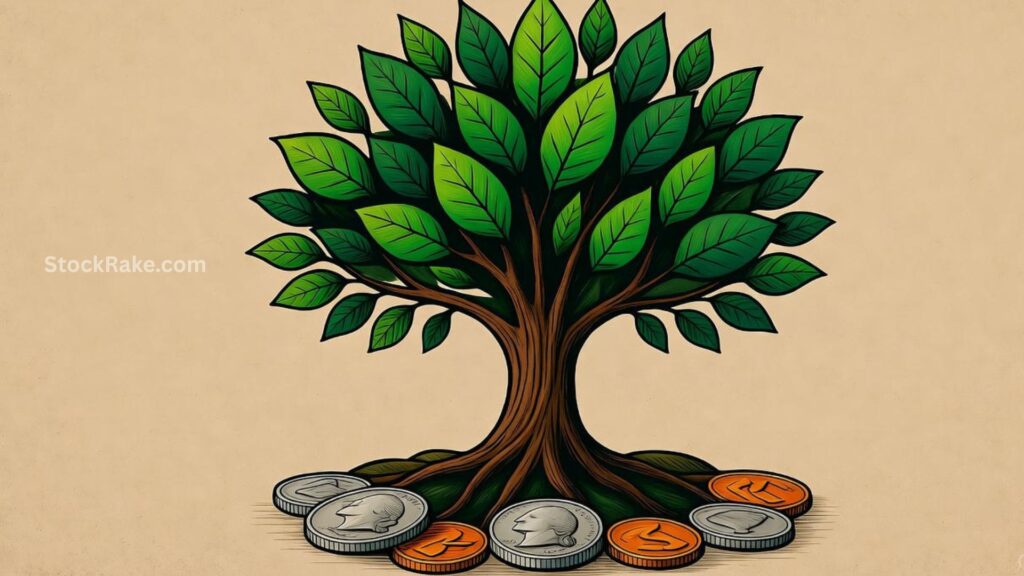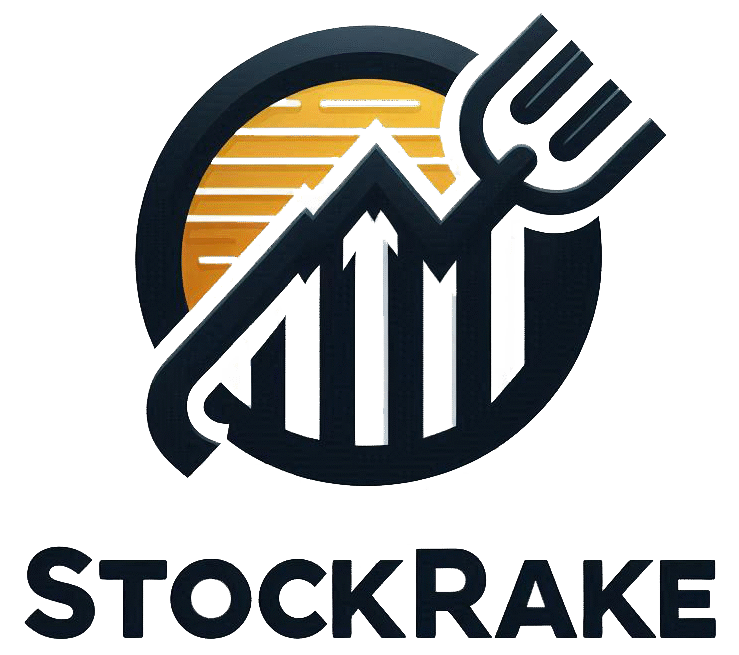Should You Reinvest Dividends or Take the Cash? That’s the question every investor faces when a dividend hits their account. You just got some money—awesome! But now you’re staring at it, wondering: do I take the cash and spend it, or let it automatically buy more shares of the same stock? It might seem tiny, almost meaningless, but honestly, over years, this decision can have a pretty big impact on how your investments grow.
Whether you’re someone in it for the long haul, letting compounding quietly do its thing over decades, or you’re more of a “give me cash now” type, it helps to really understand both options. So, let’s walk through it step by step, figure out the pros and cons, and see which approach might actually fit your goals.
What Are Dividends, Anyway?
Okay, let’s back up a sec. Dividends are basically like a thank-you note from a company. They’re giving you a piece of their profits because you own a share. Simple as that.
Companies pay dividends for a few reasons. First, it attracts investors. People love the idea of “I own a piece of this company and it’s paying me back.” Second, it signals stability. Companies that pay regular dividends usually want to show, “Hey, look, we’re doing fine, we can share profits with shareholders.”
But not all dividends are the same, and that’s important. The type of dividend can affect whether reinvesting or taking cash makes more sense for you.

Types of Dividends
| Type | Description | Example |
|---|---|---|
| Cash dividends | The classic one. Money goes straight into your brokerage or bank account. | $1 per share every quarter |
| Stock dividends | Instead of cash, you get extra shares. | Own 100 shares → get 2 more |
| Property dividends | Rare. Companies literally give you assets or inventory. | A mining company issues physical metals |
⚠️ Heads-up: Dividends aren’t guaranteed. A company can pause, reduce, or cut them entirely, especially if business is rough. So never assume a dividend today equals a dividend tomorrow.
What Does “Reinvesting Dividends” Mean?
Reinvesting is basically letting your dividends buy more shares automatically. You don’t lift a finger. Most people do this through a DRIP—Dividend Reinvestment Plan. Basically, your money goes straight back into the company, buying more stock. It’s a neat way to grow your portfolio without adding extra cash yourself.

Also Read: What Small-Cap Stocks Could Explode This Year?
Why Reinvest Dividends?
Reinvesting is basically letting your dividends buy more shares automatically. You don’t lift a finger. Most people do this through a DRIP—Dividend Reinvestment Plan. Basically, your money goes straight back into the company, buying more stock. It’s a neat way to grow your portfolio without adding extra cash yourself.
How It Works
- Your dividend automatically buys more shares.
- Sometimes there’s a small discount, so you get a little bonus.
- Fractional shares? No problem. Even a tiny dividend can buy part of a share.
- Usually no brokerage fees. Nothing to worry about.
Over time, this can snowball into serious growth. It’s kind of like planting a tree and letting it grow bigger and bigger, year after year, without watering it yourself—except, of course, you did the planting in the first place.
💡 Tip: Even if you reinvest, dividends are still taxable in most countries, including Australia. So yeah, you need to keep that in mind when you do your taxes.
📈 1. Power of Compounding Growth
Compounding is the reason this can get really interesting. Your dividends earn dividends, which earn more dividends, and so on. Over decades, it adds up in ways that feel kind of magical.

Example: You invest $10,000 in a stock with a 5% dividend. If you reinvest every dividend for 20 years, without putting in a single extra dollar, your investment could grow to over $26,000. Not bad for doing basically nothing, right?
Yep, Einstein allegedly called compound interest the “eighth wonder of the world.” And he wasn’t joking.
2. Bigger Ownership Over Time
Every reinvestment buys you more shares. More shares mean more dividends next time. And the cycle repeats. It’s a self-fueling machine.
This works especially well for blue-chip companies that have steady growth and a history of consistent dividends, like Commonwealth Bank, BHP, or Apple. You’re essentially letting your shares do the heavy lifting for you over years.
3. Possible Tax Advantages
Depending on your country and investment account, there could be some tax perks. For example, in some retirement accounts, reinvesting may let you defer taxes until you sell the shares instead of paying taxes every time a dividend hits.
Obviously, it’s complicated and depends on your situation. Definitely worth checking with a tax professional if you’re not sure. In Australia, the ATO has guides on dividend taxation.
4. Dollar-Cost Averaging in Action
When you reinvest automatically, you’re buying shares at different prices—more when cheap, less when expensive. That’s called dollar-cost averaging. It’s not sexy, but it works.
Over time, it helps smooth out volatility, reduces the stress of “Did I buy at the wrong time?”, and often ends up with a better average purchase price than trying to time the market yourself.

Also Read: How Do You Buy Your First Stock Step-by-Step?
Why Take Dividends in Cash?
Look, reinvesting isn’t the only smart choice. Taking cash can be just as valid, depending on your goals and situation.

1. Immediate Income
Cash is nice. Instant gratification. You can use it to:
- Pay bills
- Pay down debt
- Go on a weekend trip
- Invest elsewhere—ETFs, bonds, whatever looks good
If you need steady cash flow, like retirees or people who rely on investment income, this makes sense. You don’t have to touch your main investment, but you still get some benefit from it.
2. Flexibility and Control

Taking cash means you get to decide what to do with your money. You’re not locked into one company’s stock performance. Want to diversify? Move it into a different stock or asset class? Go for it.
It’s basically freedom money. You get the returns but you also get choice.
3. Risk Management
Reinvesting means doubling down on the same stock. If that company stumbles, your exposure is higher. Cash reduces that risk. You can spread the dividends across other investments, industries, or asset classes, lowering your overall risk.
4. Extra Liquidity
Cash in hand = flexibility. Life happens. Unexpected bills, investment opportunities, market dips—you can take advantage of it if you have cash ready.
Many investors like to think of dividend cash as “dry powder.” Ready to use when opportunities appear.
So, Which Option Is Better?

Honestly, it depends. There’s no one-size-fits-all answer. It comes down to: your goals, your financial stage, your risk tolerance. Let’s break it down.
Your Investment Goals
- Want long-term growth? Reinvesting usually wins.
- Need regular income? Cash dividends make sense.
Your Financial Situation
Ask yourself:
- Do I need this money now?
- Am I investing for retirement?
- Do I have an emergency fund?
If you’re financially secure and don’t need cash right now, reinvesting accelerates compounding. If you rely on your portfolio for monthly expenses, cash dividends may be smarter.
Tax Considerations
Dividends are taxable income, no matter how you take them. But timing and tax rates vary depending on where you live and the type of account.
Check government websites or guides like Forbes to understand your local rules.
Market Conditions
Volatile or declining market? Cash can provide a cushion and flexibility. You might even use that cash to buy shares at lower prices later.
Bull market? Reinvesting amplifies growth.
Company Health
Before reinvesting:
- Is the company financially strong?
- Are earnings stable or growing?
- Will management likely keep paying dividends?
If yes, reinvest. If not, take cash—it’s safer.
Case Study: The Power of Reinvestment
Let’s look at a simple example:
| Investor | Strategy | 10-Year Outcome (5% Yield, 6% Growth) |
|---|---|---|
| Sarah | Reinvests all dividends | Portfolio grows to $179,000 |
| James | Takes cash dividends | Portfolio stays around $140,000, earns $3,000/year income |
Sarah ends up with bigger wealth, but James enjoys steady cash. Neither is wrong—it depends on what matters to you.
Final Thoughts: Pick What Works for You
At the end of the day, reinvesting or taking cash comes down to your situation and goals.
- Want long-term growth? Reinvest.
- Need steady cash flow or flexibility? Take cash.
Consistency matters. Stick with your strategy, review as your life changes, and don’t worry too much about what others are doing.
💬 Expert Insight: Many investors mix it up—reinvest in growth years, switch to cash as they approach retirement. Makes sense, right?
Whatever you choose, make sure it fits in a bigger plan—diversification, tax efficiency, and realistic goals.

Also Read: How Does the RSI Indicator Work in Stock Trading?
FAQs: Dividend Reinvestment vs. Taking Cash
Q1. Is reinvesting dividends better for beginners?
Yes. It’s automatic, uses compounding, and requires little effort.
Q2. Do reinvested dividends cost anything?
Usually no—most DRIPs are free.
Q3. Are reinvested dividends taxable?
Yes, even if you don’t see the cash.
Q4. Can I switch between reinvesting and taking cash later?
Absolutely. Most brokers let you change anytime.
Q5. What’s the best strategy for retirees?
Retirees usually prefer cash for predictable income; younger investors often reinvest to grow wealth long-term.


